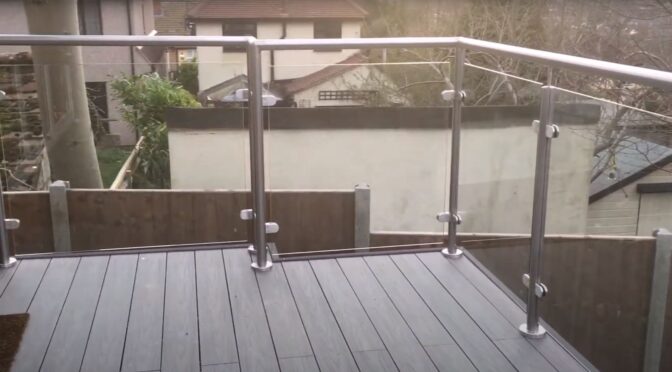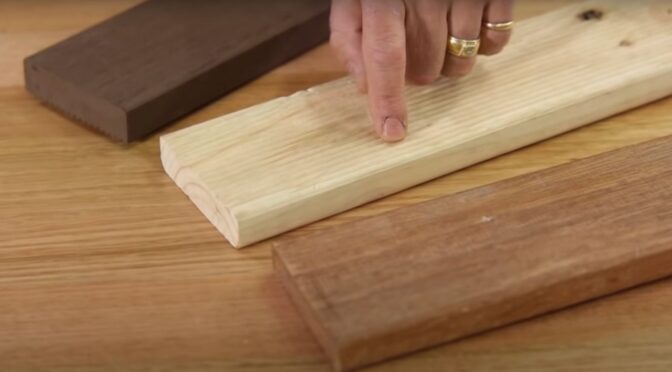Eco-Friendly Decking Choices
When it comes to decking, Aucklanders are becoming more environmentally conscious. Opting for sustainable decking materials not only helps our planet but offers durability and aesthetic appeal. Let’s dive into the woods that complement glass balustrades while keeping Mother Earth in mind.
Kwila (Merbau)
- Origin: Southeast Asia and Pacific islands.
- Characteristics: Reddish-brown hue, resistant to decay and insects.
- Environmental Considerations: Opt for Kwila sourced from certified sustainable forests to ensure environmentally responsible logging practices.
- Pairing with Glass: The dark tones of Kwila provide a dramatic contrast to the transparency of glass balustrades, offering a sleek and modern look.
Vitex
- Origin: Solomon Islands and Papua New Guinea.
- Characteristics: Pale yellowish-brown, durable, and less prone to warping.
- Environmental Considerations: Vitex is a slower-growing tree. Ensure the source practices sustainable harvesting.
- Pairing with Glass: The lighter shades of Vitex create a serene backdrop for clear glass balustrades, exuding a beachy, relaxed vibe.
Radiata Pine
- Origin: Native to the West Coast of the US but widely grown in New Zealand plantations.
- Characteristics: Light-coloured softwood, versatile and easily stained.
- Environmental Considerations: Usually plantation-grown in NZ, ensuring quick regeneration and lesser environmental impact.
- Pairing with Glass: Being a blank canvas, Radiata can be stained in various shades, offering flexibility when paired with glass railings.
Jarrah
- Origin: Western Australia.
- Characteristics: Rich, reddish-brown timber, termite-resistant.
- Environmental Considerations: Slower growing, but select from sustainably managed forests.
- Pairing with Glass: The deep reds of Jarrah accentuate the crystalline sheen of glass balustrades for an opulent setting.
Auckland Bylaw Considerations
When considering decking options in Auckland, it’s crucial to be aware of local bylaws. For instance, in certain suburbs like Remuera and Ponsonby, deck heights and materials may have specific requirements or restrictions. Always check with the regional councils for the most updated bylaws to avoid potential complications and additional costs.
Popular Deck Woods Paired with Glass Balustrades – Cost and Maintenance Breakdown
| Wood Type | Cost per Square Metre (NZD) | Maintenance Cost per Year (NZD) |
| Kwila (Merbau) | $143 | $26 |
| Vitex | $123.5 | $19.5 |
| Radiata Pine | $110.5 | $32.5 |
| Jarrah | $156 | $39 |
Maintenance Matters
Once your deck is installed and paired with a stunning glass balustrade, it’s essential to keep both in top-notch condition. Regular cleaning, sealing, or staining, especially for woods exposed to Auckland’s diverse weather, is key. This not only prolongs the life of your deck but also ensures the wood continues to enhance the beauty of the glass.
In Conclusion
The blend of natural wood with the modern touch of glass balustrades offers a timeless aesthetic for Auckland homes. Being informed about the wood’s origin, environmental impact, and how it pairs with glass is vital. And, of course, always keep an eye on local bylaws to ensure a smooth decking journey and don’t hesitate to engage your local deck installation contractors.



